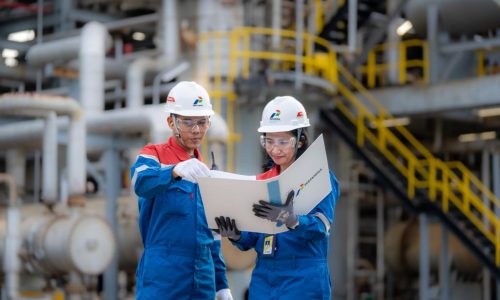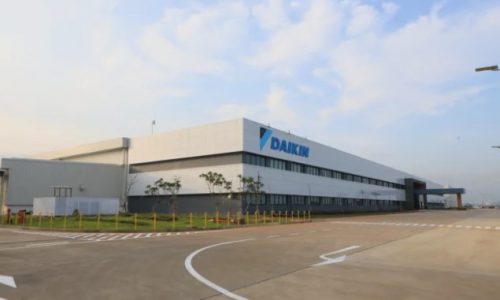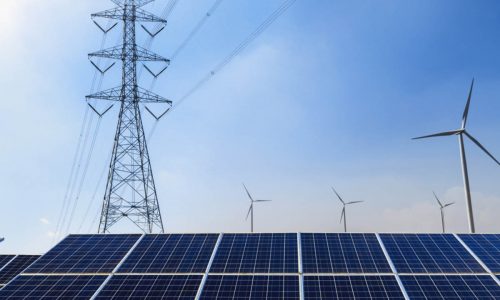The Upstream Oil and Gas Business Regulatory Task Force (SKK Migas) identifies significant gas potential in the northern waters of Bali Island.
The Head of SKK Migas Dwi Soetijipto highlighted that the gas reserves in this region are estimated to be approximately equivalent to half of those discovered in the Masela Block, Maluku.
“North Bali is currently believed to hold substantial gas reserves, although not as extensive as the Masela Block, it could potentially be around half its size,” Dwi said on Monday (22/5).
With an estimated gas content of approximately 4 trillion cubic feet (TCF) in the Masela Block, it is projected that the potential gas reserves in North Bali reach approximately 2 TCF.
Dwi emphasized that these relatively abundant gas resources in the northern waters of Bali have the potential to serve as a sustainable and long-term source of clean energy for Java, Bali, and Nusa Tenggara.
Gas reserves of Agung I Block in Bali’s northern waters
The northern waters of Bali are home to the Agung I Block, one of the prominent oil and gas working areas.
In the 2021 auction for oil and gas working areas, British Petroleum (BP) secured the operating rights for the Agung I Block during the second phase. Following this, BP further solidified its commitment by signing a 30-year cooperation contract specifically for the Agung I Block in March 2022, which is currently in the exploration stage.
Encompassing an expansive area of 6,565 square kilometres in deep water, the Agung I Block is estimated to hold a significant gas resource, amounting to approximately 985 billion CTF.
BP Agung I Limited takes charge of managing this oil and gas working area, with a signature bonus of US$100,000 and a firm commitment of US$2.5 million for over three years. This commitment entails the implementation of a comprehensive G&G (geological and geophysical) work plan, as well as the acquisition of 2,000 kilometers of 2D seismic data.
Given the promising potential in the northern waters of Bali, PT Pertamina Hulu Energi (PHE), a subsidiary of Pertamina’s Upstream Subholding, has submitted a proposal to the government to establish a joint study agreement (JSA) for the area.
Another Bali’s hidden treasure: biogenic gas reserves
In addition to natural gas, the Energy Ministry’s Marine Geology Research and Development Center has identified the potential of biogenic gas in the Bali Basin, located in the northern waters of Bali. This noteworthy discovery emerged from a comprehensive survey conducted by the Geomarin III Research Ship in 2017.
It is important to highlight that biogenic gas, which constitutes approximately 20 to 30 percent of the world’s gas reserves, has only been partially explored, with approximately 4 TCF discovered thus far.
Indonesia has contributed to this resource, but biogenic gas accounts for just 3.8 percent of the country’s total gas reserves, which amount to 104 CF.
Biogenic gas is often not the primary target of oil and gas exploration endeavors. Instead, it is typically discovered incidentally while searching for conventional (thermogenic) gas and oil deposits.
One advantage of biogenic gas is its relatively shallow depth, typically ranging between 500 to 1,000 meters, which makes exploration, drilling, and the production more cost-effective.









